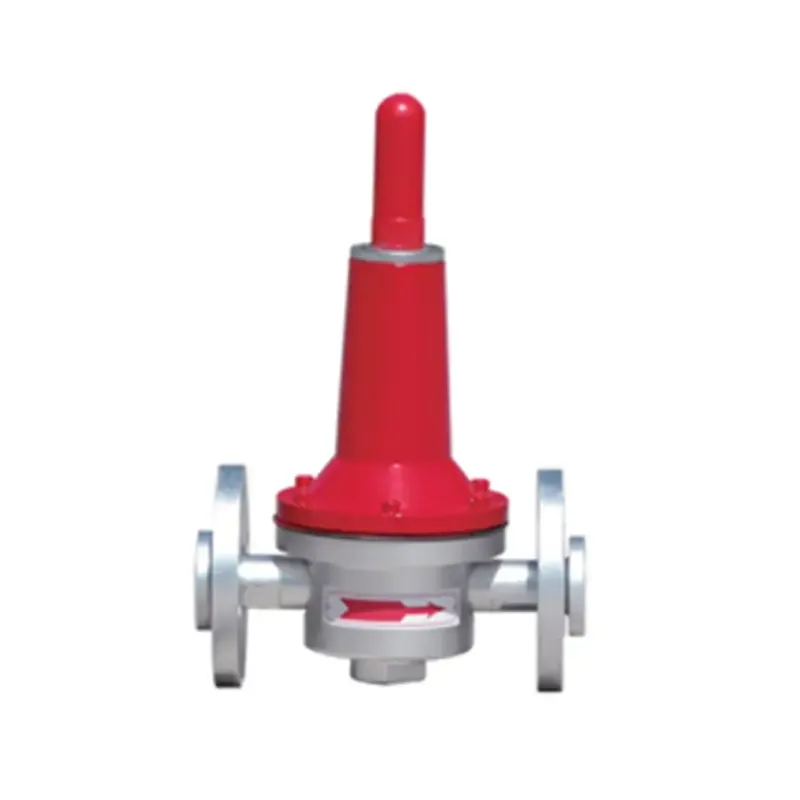
Oct . 10, 2024 13:47
Back to list
decompression skid
Understanding the Importance of Decompression Skids in Various Industries
Decompression skids are essential components in many industrial applications, particularly in the fields of oil and gas, chemical processing, and natural gas transmission. Their primary function is to provide a safe and efficient mechanism for reducing pressure from high-pressure gas or liquid systems to lower pressure levels. This article will delve into the significance of decompression skids, their design considerations, and their role in enhancing operational safety and efficiency.
What is a Decompression Skid?
A decompression skid is a pre-engineered assembly that consists of several components designed to manage the release of pressurized fluids. Usually built on a structural frame, these skids incorporate devices such as pressure relief valves, decompression chambers, flow meters, and piping systems. By allowing the controlled release of pressure, decompression skids help to prevent dangerous explosive decompression scenarios that can occur during maintenance or emergencies.
In essence, when high-pressure gas or liquid is transported through pipelines, the risk of pressure surges or sudden releases is significant. This is where decompression skids come into play, ensuring that the transition from high to low pressure occurs smoothly and safely.
Design Considerations
The design of a decompression skid requires thorough attention to detail and a comprehensive understanding of the specific operational requirements it will serve. Several factors must be taken into account, including
1. Material Selection The materials used in constructing the skid must be capable of withstanding the pressures and temperatures encountered in the process. Common materials include carbon steel, stainless steel, and other alloys that provide corrosion resistance and durability.
2. Valves and Controls High-quality pressure relief valves, control valves, and instrumentation are critical components in a decompression skid. These devices must be accurately calibrated to respond to changes in pressure and ensure the safe discharge of gases or liquids.
decompression skid

3. Safety Features To enhance safety, decompression skids often include multiple safety mechanisms, such as redundant systems, emergency shut-off valves, and monitoring sensors. These features help mitigate the risks associated with high-pressure fluid transitions.
4. Compliance and Standards Decompression skids must adhere to industry standards and regulations, such as API 521 for pressure-relieving and depressuring systems, and relevant local safety codes.
Operational Benefits
The implementation of decompression skids offers numerous operational advantages. First and foremost, they significantly reduce the risk of accidents resulting from unregulated pressure releases. By providing a controlled environment for pressure changes, these skids help maintain the integrity of the entire system.
Additionally, decompression skids promote operational efficiency. By allowing for the safe and systematic removal of pressure from pipelines and vessels, they enable maintenance activities to be performed without halting entire production processes. This is crucial in industries where downtime can lead to considerable financial losses.
Lastly, in an era where sustainability and environmental responsibility are paramount, decompression skids can contribute to reduced product losses and minimized emissions. By ensuring that gases and liquids are safely and efficiently managed during pressure transitions, companies can enhance their overall environmental performance.
Conclusion
In summary, decompression skids are vital components in the realm of industrial operations, playing a key role in the safe handling of high-pressure fluids. Their design must prioritize safety, compliance, and efficiency to ensure reliable performance across various applications. As industries continue to evolve, the significance of such advanced systems will only grow, reinforcing the need for investment in technology that enhances safety and operational effectiveness. The incorporation of decompression skids is not just a regulatory necessity; it is a proactive measure toward achieving a culture of safety and efficiency in challenging operational landscapes.
Latest news
-
Safety Valve Spring-Loaded Design Overpressure ProtectionNewsJul.25,2025
-
Precision Voltage Regulator AC5 Accuracy Grade PerformanceNewsJul.25,2025
-
Natural Gas Pressure Regulating Skid Industrial Pipeline ApplicationsNewsJul.25,2025
-
Natural Gas Filter Stainless Steel Mesh Element DesignNewsJul.25,2025
-
Gas Pressure Regulator Valve Direct-Acting Spring-Loaded DesignNewsJul.25,2025
-
Decompression Equipment Multi-Stage Heat Exchange System DesignNewsJul.25,2025

